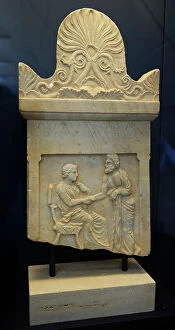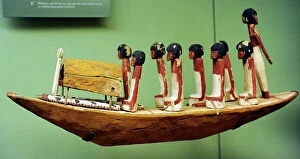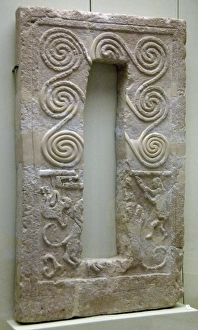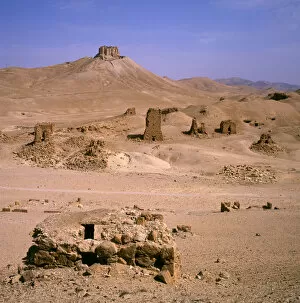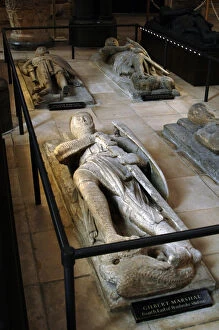Funeray Collection
"Exploring the Fascinating World of Funerary Art: From Ancient Egypt to Ottoman Empire" Step back in time and delve into the captivating realm of funerary art
All Professionally Made to Order for Quick Shipping
"Exploring the Fascinating World of Funerary Art: From Ancient Egypt to Ottoman Empire" Step back in time and delve into the captivating realm of funerary art, where ancient civilizations paid homage to their departed loved ones. In Ancient Egypt, the Judgement of the Dead held great significance, as depicted in the intricate scenes found within the Book of the Dead. Wooden figures from Nakht-Kau's tomb transport us to a bygone era, showcasing Egyptian artistry at its finest. Greek Art offers a glimpse into Attica's past with gravestones dating back to 400-350 BC. These poignant markers tell stories of lives lived and lost, immortalized through stone carvings. Meanwhile, false-doors like that of Dedu-hekenu from Sakkara provide a portal between worlds for officials seeking eternal rest. Traveling further eastward brings us to Turkey's Bursa and its majestic Yesil Turbe mausoleum dedicated to Mehmed I. This Ottoman masterpiece stands as a testament to architectural grandeur intertwined with reverence for those who have passed on. The Mycenaean civilization left behind exquisite funerary steles from Late Helladic I period in Mycenae. These monumental stones serve as enduring memorials honoring individuals who once walked these ancient lands. Moving northwards towards Nantes Cathedral in France reveals Francis II's final resting place adorned with an ornate tomb - a symbol of his noble legacy etched in stone for eternity. Venturing beyond Europe takes us to Palmyra in Syria, where tombs dotting the Valley whisper tales of forgotten souls amidst breathtaking desert landscapes. Sepulchral steles such as Yusuf III's and Muhammed II al-Faqih’s cement their place within history while offering glimpses into Islamic culture and traditions spanning centuries.


